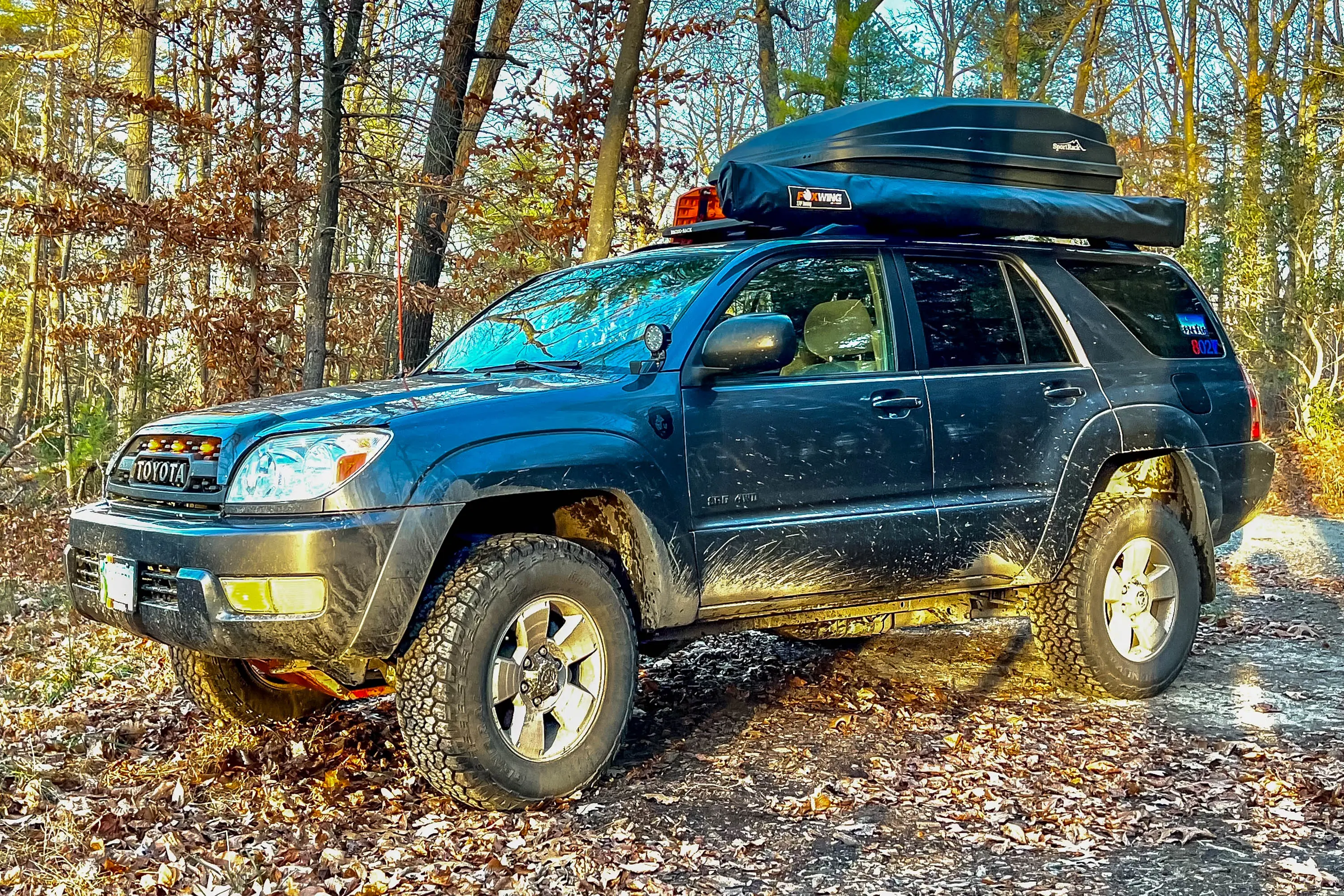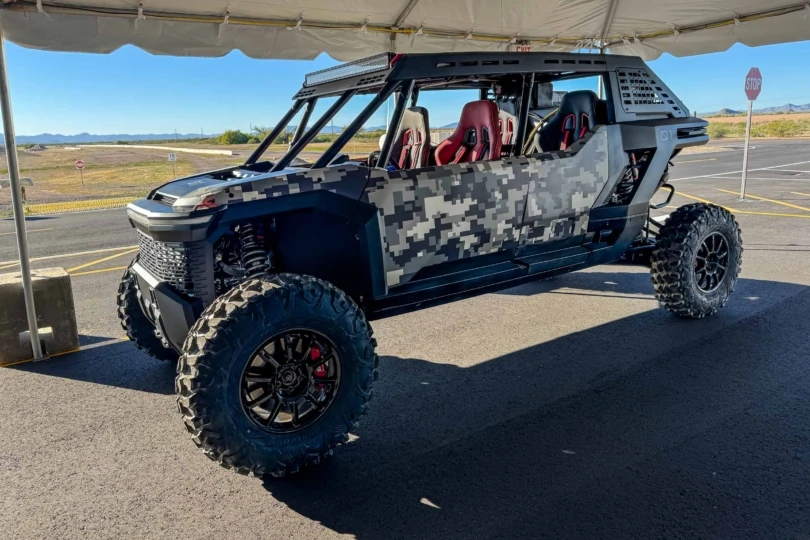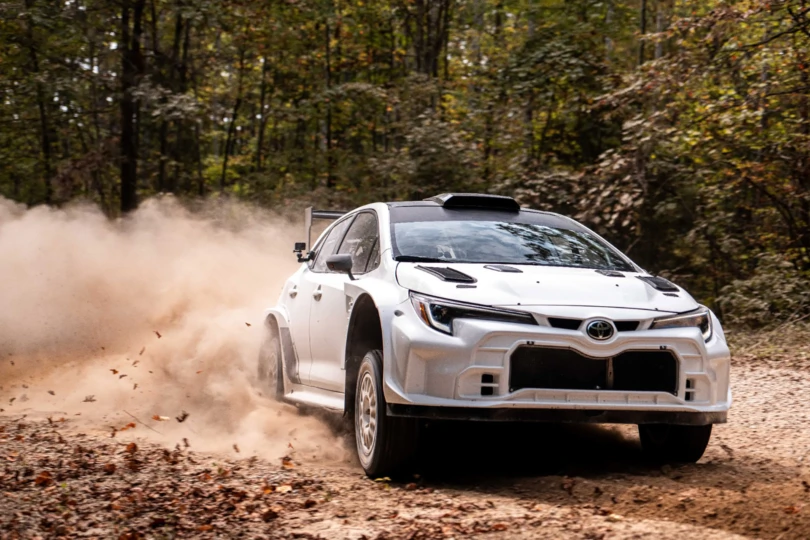With the average price of a car being over $44,000, people are holding onto their vehicles longer than ever. According to the National Automotive Dealers Association (NADA), U.S. consumers are keeping their cars for a record 12.5 years.
Because of this, people are racking up more miles on their cars than at any time in automotive history. This means more ongoing maintenance is needed to keep a car running, and used cars are hitting the market with more miles on the odometer.
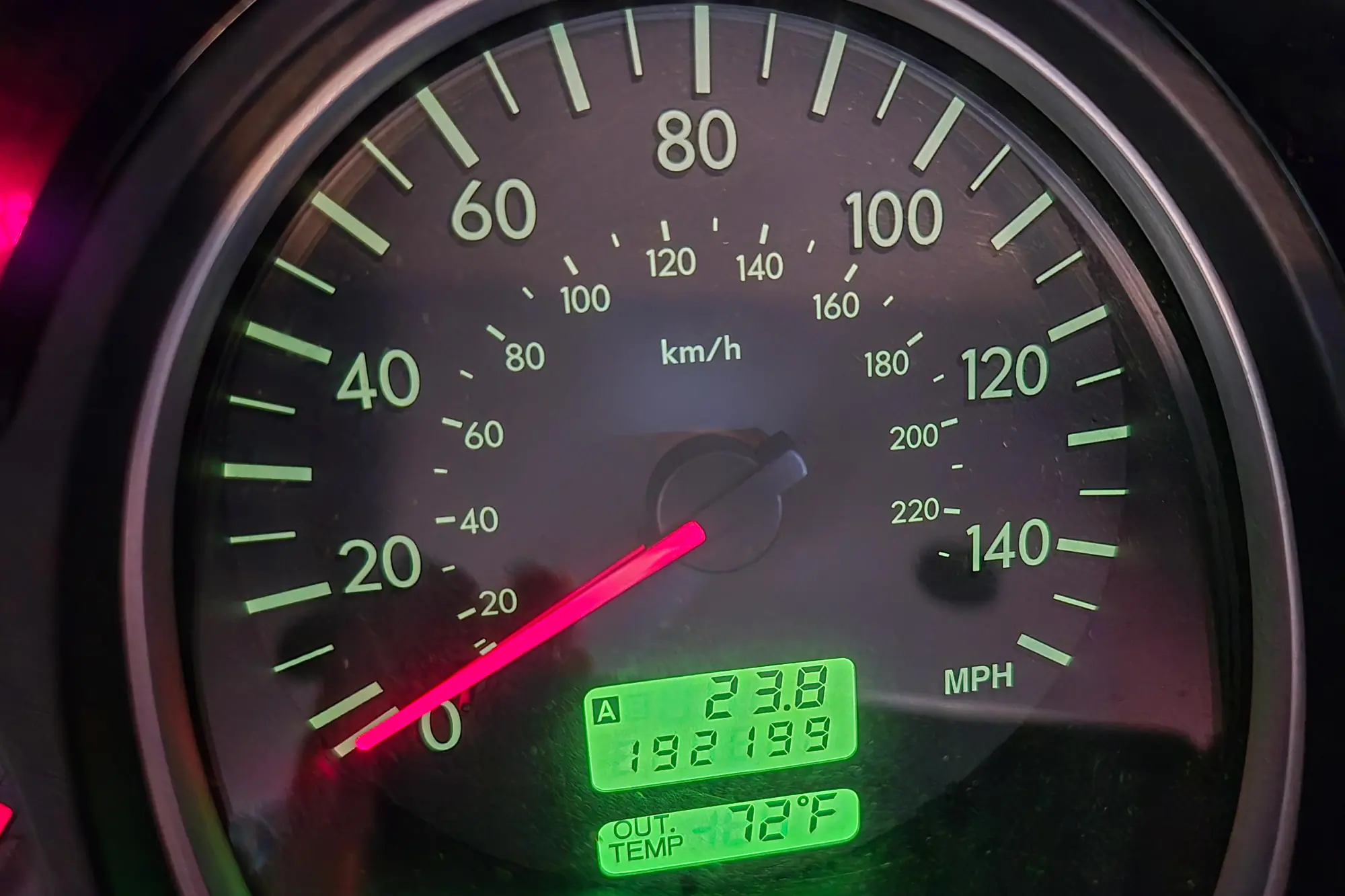
Why Buy a High-Mileage Car?
Most buyers prefer a used car with low miles — but that comes at a premium price. Buying a vehicle with more miles can save you money (at least up front).
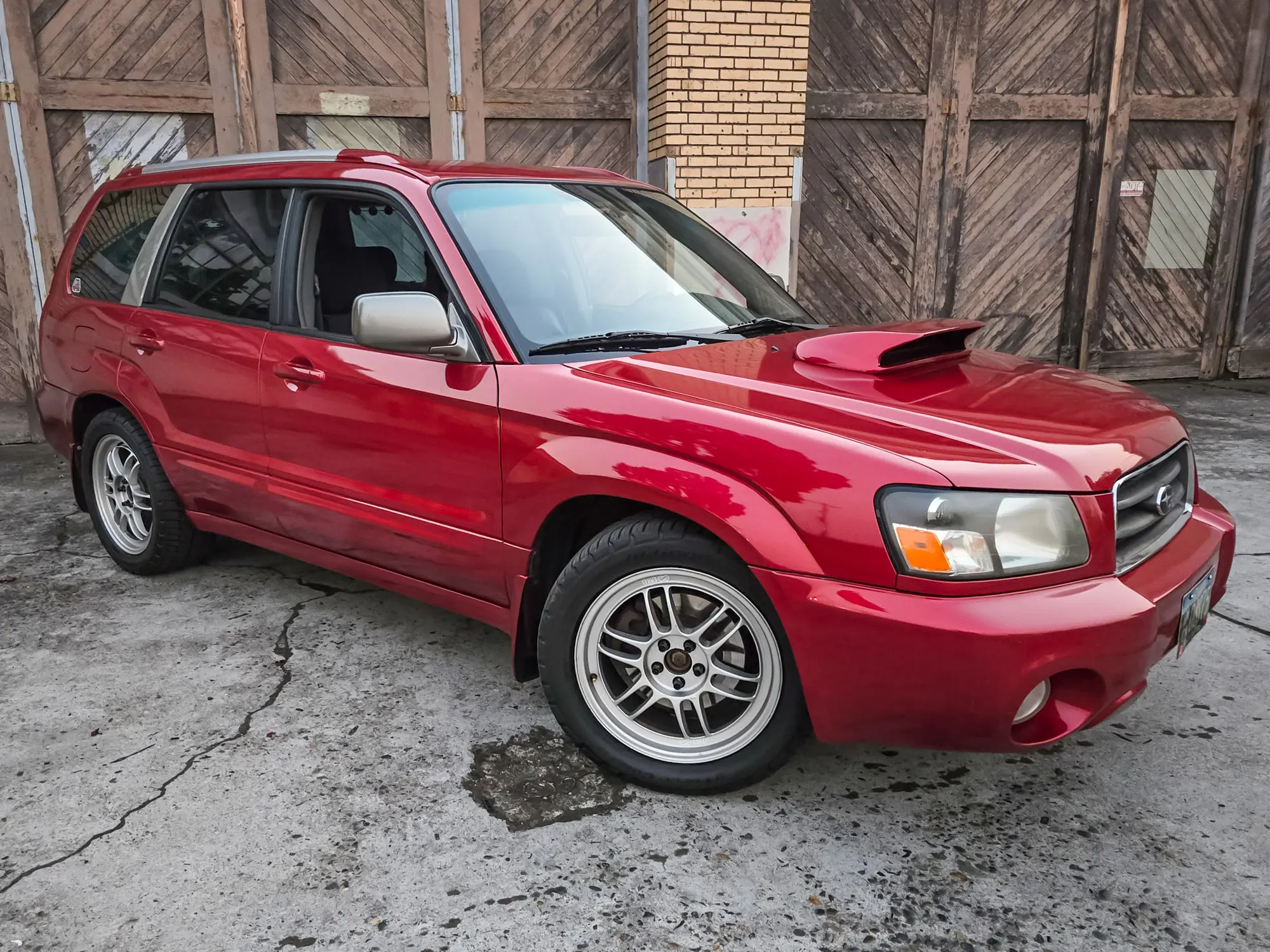
Sometimes a fun automotive rarity comes up for sale, but it has lots of clicks on the odometer. In fact, I recently bought a sporty turbocharged 2005 Subaru Forester XT (with the hard-to-find manual transmission) with 190,000 miles on it. Despite the mileage, it ticked all the boxes for me.
Maintenance and refurbishment may need to go into your high-mileage ride, which will cost money. If you can do the work yourself, you can save a bunch of cash, even if it’s basic repairs.
High-Mileage Car Maintenance Tips
I’ve bought a host of high-mileage vehicles. But I make sure to do a few things to them so they’ll be as reliable as possible. Here are my high-mileage car maintenance tips.
Note: Refer to your vehicle’s owner’s manual for service intervals and manufacturer’s specifications with regard to replacement parts. You may know how to inspect many of these items. If not, bring your car to a mechanic for professional service.
1. Check the Tires




Tires are one of the easiest things to check. If they’re bald, worn, or flat, replace them. Tires have date codes stamped on them, showing the year they were manufactured. Many shops won’t work with tires older than 10 years. Old tires can have cracks or become hard, which isn’t safe.
My Subaru Forester XT came with 9-year-old low-performance tires that provided poor grip. I replaced them with new BFGoodrich g-Force Comp-2 A/S Plus tires, which I installed on secondhand Enkei RPF1 wheels. The handling difference is night and day, and there’s added safety, too.
Replace old rubber — it’s a no-brainer.
2. Swap Out Fluids, Filters, and Belts




The bottom line with fluids and filters: When it doubt, swap them out. After buying a used vehicle, I always change all the fluids, filters, and belts unless I have receipts showing they’ve been recently replaced.
I always replace:
- Engine oil (and filter)
- Gear oil (in the differentials)
- Transmission fluid
I check:
- Coolant (antifreeze)
- Brake fluid
- Clutch fluid (if applicable)
- Power-steering fluid
- Wiper fluid




Inspect the car’s various filters, too. Is the engine air filter dirty? What about the often-ignored in-cabin air filter? Replacing both is inexpensive and generally easy enough for novices to do.
Don’t forget about fuel and transmission filters. It’s important to replace at recommended intervals to provide optimal fuel economy and performance.
3. Swap Out Spark Plugs, Wires, Cap, Rotor, and Other Ignition Components
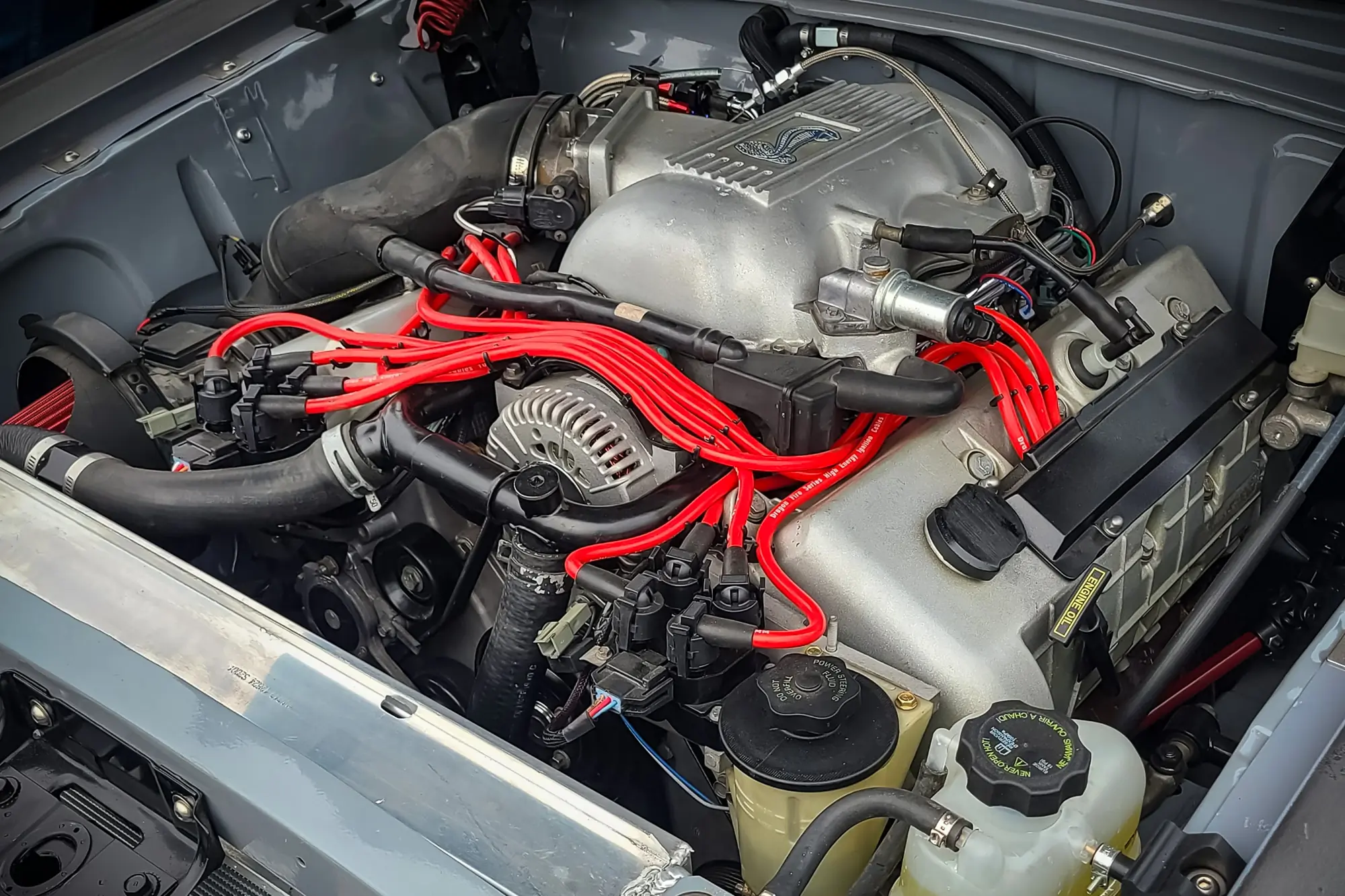



A well-maintained ignition system will help provide optimal performance and fuel economy. If you don’t have paperwork stating when ignition components were replaced, swap out the following:
- Spark plugs or glow plugs
- Spark plug wires
- Cap/rotor or ignition coils packs
Generally, things like plugs and wires aren’t too expensive. Coil packs can be pricey, but only need to be replaced every 100,000 miles or so, depending on the vehicle.
4. Inspect/Replace Belts & Hoses




Belts help your engine work as a system, driving important components. Keeping them maintained will help prevent you from being stranded.
If the vehicle’s engine employs a timing belt (versus a timing chain), it’s imperative to replace it at the required service interval. It can end in costly repairs if it fails. If you don’t know if the timing belt was replaced, cough up the cash — often between $500 and $1,000 — and have it done — it’s a critical bit of car maintenance.
Accessory belts drive the alternator, air conditioning, fan, and power steering. Some engines have just one accessory belt called a serpentine, which runs those accessories.
Belts should be inspected for wear and replaced or adjusted when needed. Belts run on pulleys, and the bearings in pulleys can go bad, as was the case on my Forester’s air conditioning pulley, so it got replaced.
A car has a host of hoses, too, the most notable being radiator hoses. Old ones can collapse and block the radiator, causing overheating. See if they’re supple or if they’re old and cracked. Replace as needed.
5. Look at Chassis & Driveline Parts




With age and mileage, chassis components wear out or get old and brittle. This includes:
- Shock absorbers and/or struts
- Rubber bushings
- Ball joints and tie rod ends
- CV joints
- U-joints
Shocks and struts absorb bumps in the road, providing a smooth, controlled ride. Signs of worn-out shocks include leaks or a rough, bouncy ride. Shot shocks should be replaced, as it can be a matter of safety and control.
In the same vein, rubber bushings help hold certain parts in place but can get old, cracked, and brittle. Aged bushings can make noise and can lead to vehicle control issues. Some, such as sway bar bushings and end links, are often cheap and easy to replace — I’ve done lots! Others, such as control-arm bushings, may need to be installed by a mechanic using a press.
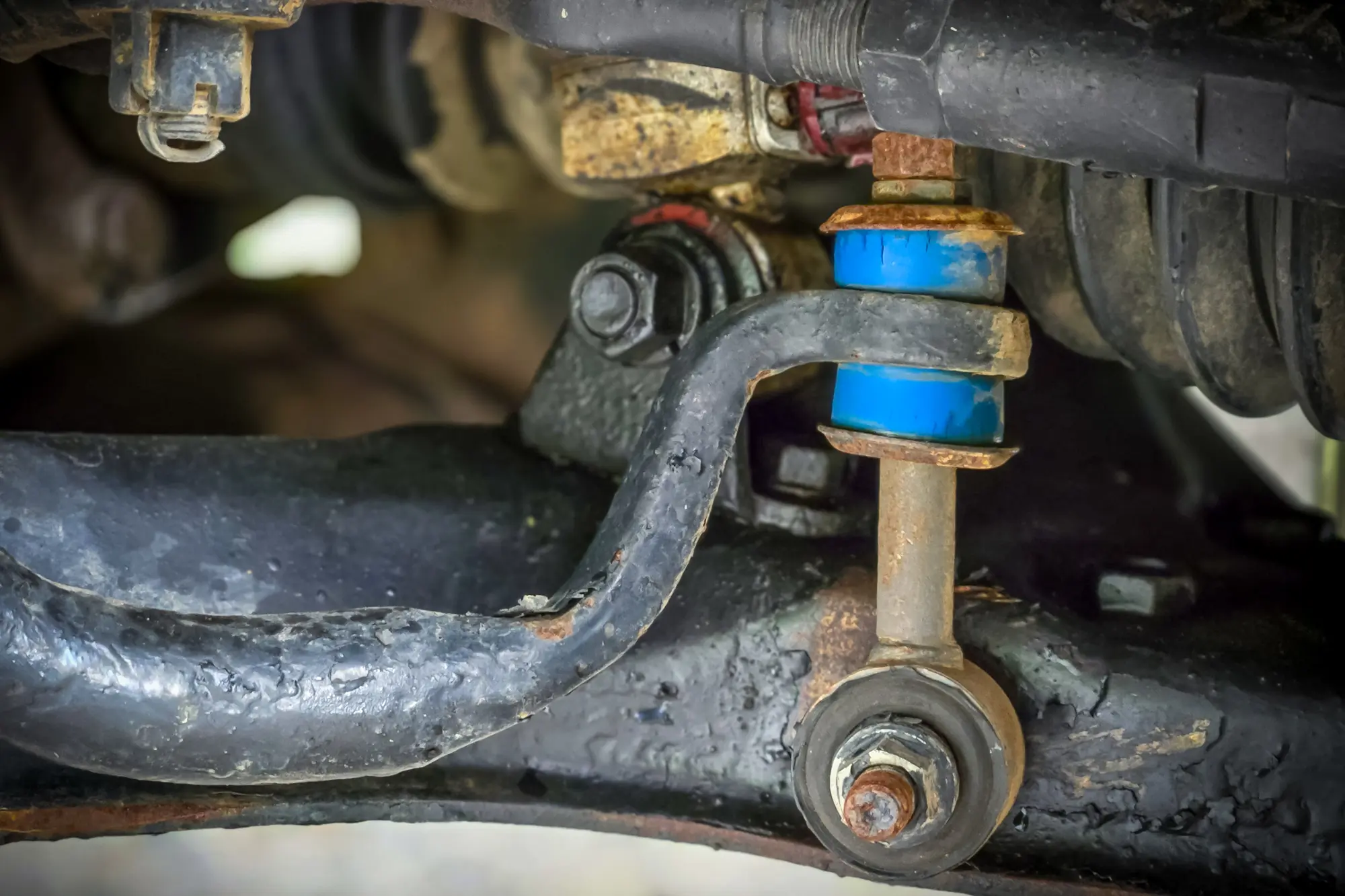



Ball joints and tie-rod ends are integral parts of the steering and suspension system. When they wear out, it can affect steering and handling. Making sure they’re not worn is also important.
If a car has CV joints (constant velocity joints), they can wear out and break over time. The joint is covered in a rubber boot, which can tear and leak grease. A telltale sign that CV joints are worn is a clicking noise when turning a corner. If you hear that, they need to be replaced.
Similarly, cars with U-joints (commonly found on a driveshaft) will wear over time and develop play. That slop can result in vibrations and, eventually, failure, leaving you stranded. Have them inspected and replaced if needed.
Many chassis/driveline components are greaseable. Keeping them lubricated will extend their service lives. But if they’re shot, remove and replace.
6. Check the Brakes
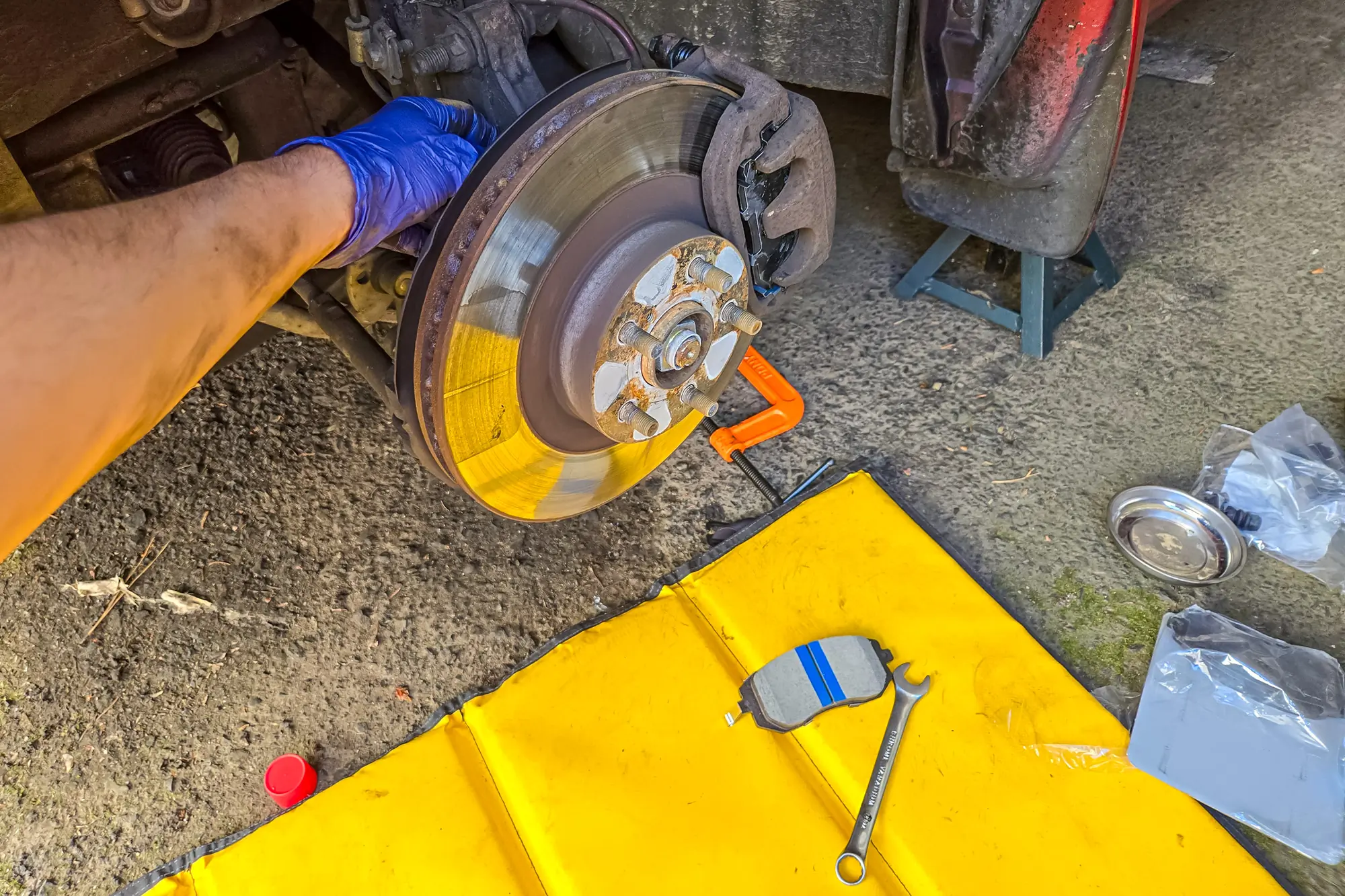



Brakes are a common wear item. If worn, they’ll squeal or grind, the steering wheel might shake, and stopping distances will become long.
Whether you have disc or drum brakes, there’s a myriad of components — pads, rotors, calipers, shoes, sensors, and hardware — all of which can affect braking performance when worn. Regardless of brake style, they all use brake fluid. So, make sure the fluid is topped off with the correct grade (DOT-3, DOT-4, etc.).
Because of their relation to safety, brakes should be inspected and serviced by people who know what they’re doing. Braking systems can be complex, so don’t hesitate to bring your car to a pro for brake work.
7. Examine Exhaust Leaks
A leaking exhaust system can make noise and produce excess fumes, so they’re easy to diagnose. My Forester needed exhaust manifold gaskets, as there were small leaks. Exhaust repairs can be quick and easy if it’s an easy-to-reach gasket, or difficult and expensive if the manifold(s) need to come off. But leaks should be looked for.
Other Things to Notice




Cars have thousands of components; you can’t check for everything. But there are a few other things to check.
- Older cars can get dull, yellowed headlights. Headlight restoration kits are cheap and easy to use and will bring back a crystal-clear look and added brightness.
- Test the radio out. Does it work? Are speakers blown out?
- Examine power items, like windows, locks, seats, and mirrors. They all have motors that can wear out (and be fixed).
The Dreaded Check Engine Light
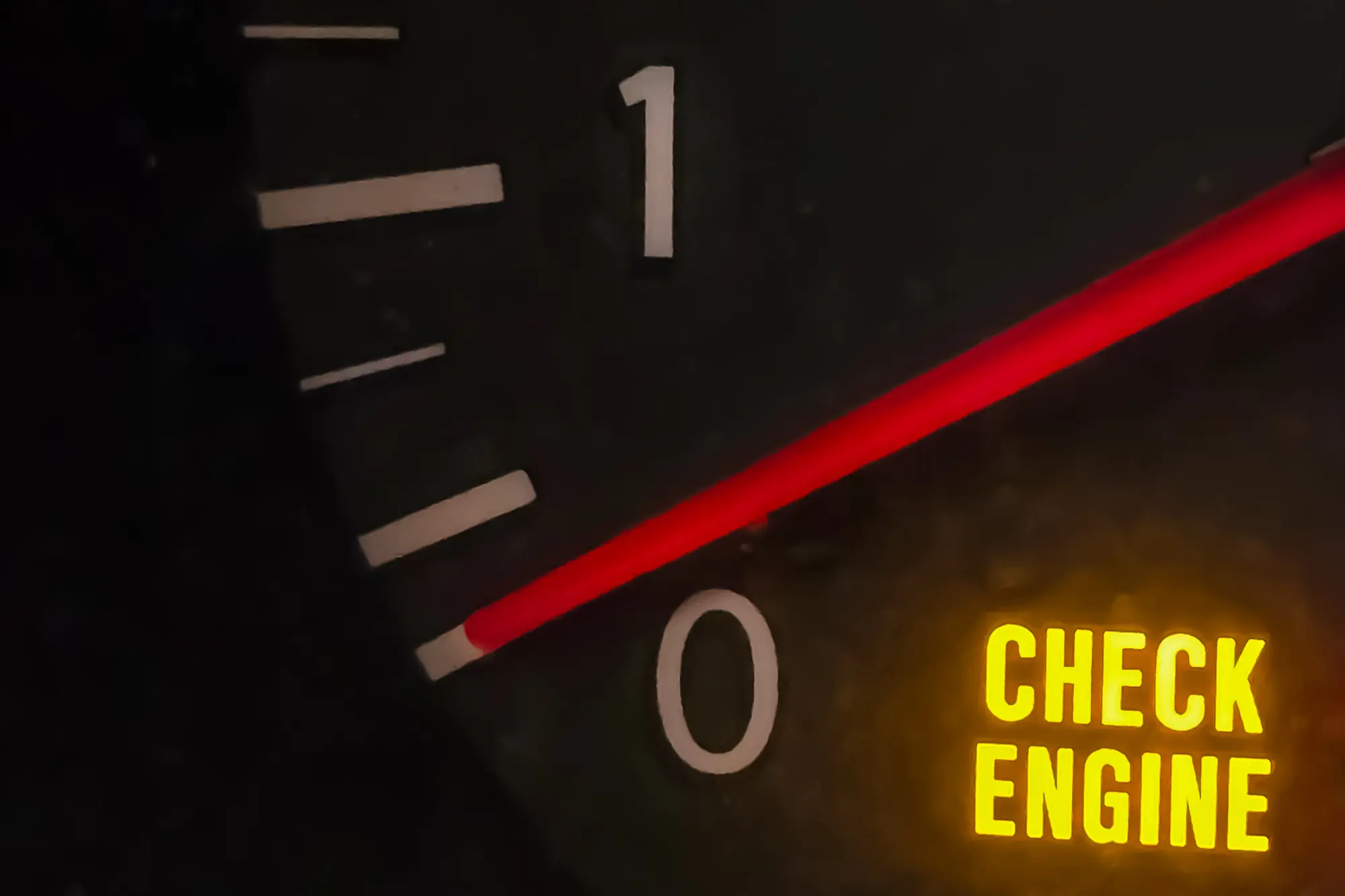



Lastly, is the check engine light on? This is a red flag that something is wrong.
Shortly after buying my Forester, my check engine light came on twice. I had to replace two separate sensors, costing about $100. Thankfully, I could do the work myself, saving me hundreds.
You’ll need a code reader to find out what’s going on, however. This will provide a diagnostic trouble code which you can then search for online to quickly diagnose the issue. Many auto parts stores will let you borrow a code reader to check your car right there in their parking lot, some code readers can be super cheap to buy online, or you can have your mechanic test the car.
Are High-Mileage Cars & Trucks Worth It?
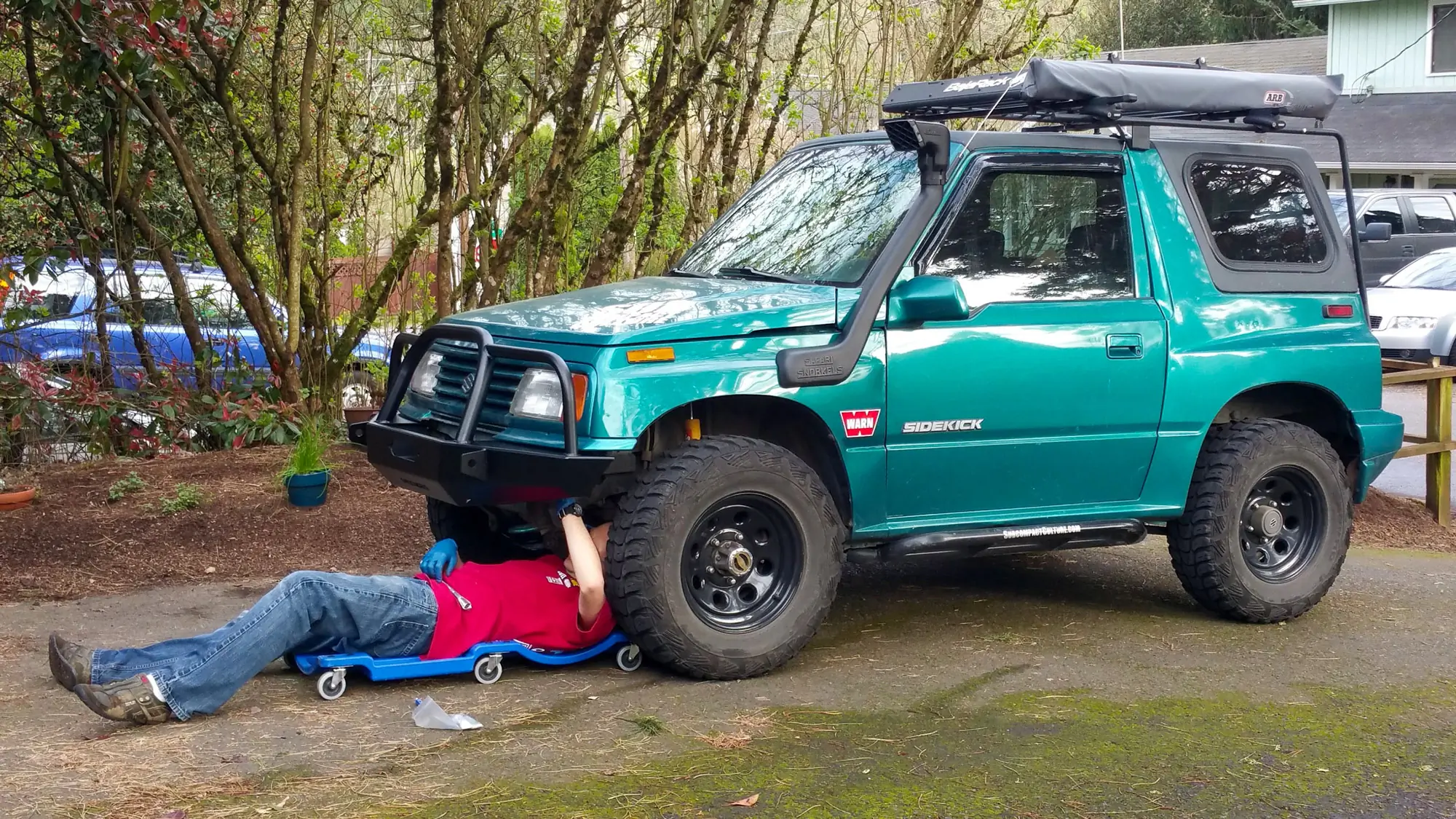



Just because a vehicle has a lot of miles on it doesn’t mean it’s going to be a mechanical nightmare. With the right car maintenance, cars with lots of numbers on the odometer can provide reliable transportation, or a fun ownership experience. Just know what to look for and expect to spend some money to get it running in tip-top shape.

